Motorhome Weight & payload- Complete Beginner’s Guide
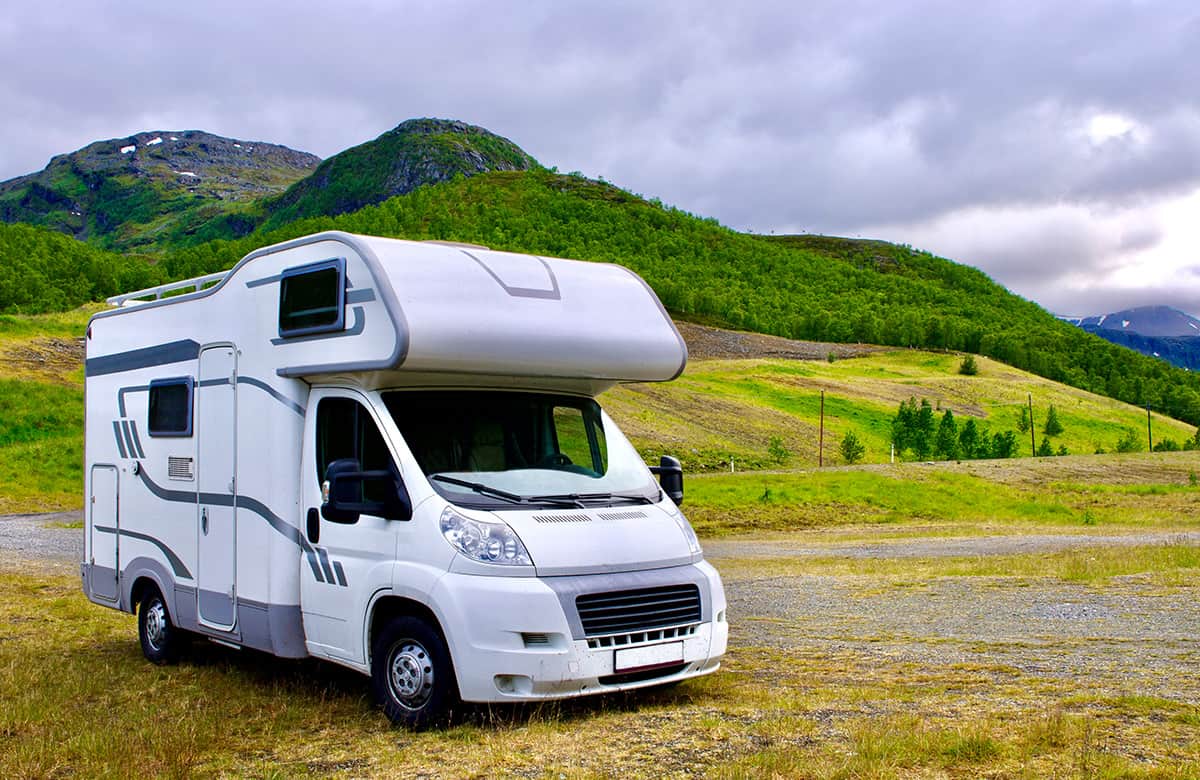
Buying a motorhome? New Motorhome Owner? Hearing about payload and confused about motorhome weight allowances? Worried you’re doing something wrong? Here’s a complete beginner’s guide to motorhome weights and everything you need to know about payload.
Don’t forget to grab your FREE motorhome checklist below to help you get organised
*We work hard to make this the best motorhome travel blog and road trip website possible, full of helpful content for you. The website is supported by our readers, so if you buy through links on this site we may earn a commission- at no extra cost to you. All opinions remain our own.
If you find this post useful, you can also treat us to a coffee – we promise to enjoy it while creating more useful content like this- we might even indulge in a biscuit (or two!)
JUMP AHEAD TO...
Motorhome Weight Guide
One of the things we found most confusing when buying our first motorhome was understanding the motorhome weight limits and restrictions. As boat owners, we understood the concept of a waterline and weight, but it wasn’t something we spent a lot of time thinking about.
However, with a motorhome or campervan, weight is important. Actually, it’s vital. It’s one of the most important things you need to manage, even more important than understanding your systems or figure out how to get power when wild parking/ staying off-grid.
Why does your motorhome weight matter?
Your motorhome or campervan will have a maximum weight limit (MTPLM- we’ll get to the *exciting* acronyms shortly.) This figure is the MOST weight the chassis of your van is allowed to carry. It doesn’t matter if half of your lockers are empty, you CANNOT go over that maximum weight, otherwise your insurance becomes invalid and you are driving illegally. You could be fined or even prosecuted if you have an accident.
Yeah, it’s serious.
Motorhome Weight- where to start
Your first job is to discover what the maximum allowed weight of your motorhome or camper is. You’ll find this either in the paperwork, or on a metal plaque attached somewhere in the cab of the vehicle, usually inside on the doors, or in the engine bay.
Ok, it’s time for our first exciting motorhome weight acronym. You ready? Here we go…
MTPLM- Maximum Technically Permissable Laden Mass
This is the maximum weight your vehicle is allowed to be and still be legal on the road (which is basically what I said before.)
Don’t forget, if the maximum allowed weight is over 3.5tonnes (3500kg), you will need a C1 to legally drive it (unless you got your driving licence before 1997), even if the vehicle doesn’t ACTUALLY weigh that much whilst you’re driving it. So I couldn’t drive our last motorhome even when it was completely empty, because its MTPLM was 4.2tonnes.
If you are considering buying a motorhome or campervan, you might not be able to see the paperwork or look at the plaque yet. If you do a search online, most motorhome manufacturers have the details of each motorhome on their website, which will include the MTPLM.
Small motorhome & campervan owners– don’t assume your vehicle MTPLM is automatically up to 3.5tonnes. Many smaller vehicles have a lower weight limit, often 3.3t. Check your vehicle plating and paperwork carefully.
Know what your baseline motorhome weight is
So, once you know the max weight, you need to know what your vehicle weighs NOW or, ideally, whilst empty. This brings us to our next acronym- MIRO.
MIRO- Mass in Running Order
This is the weight that the manufacturer THINKS your vehicle should weigh when it leaves the factory. MIRO usually includes everything needed to drive the vehicle, such as a tank (or a portion of a tank) of fuel, a driver (average weight 75kg) and fluids in the engine.
Nothing else- no freshwater, gas, solar panel or any other gear. And no other passengers or pets.
Where to find the MIRO figure
The MIRO figure only matters when you’re buying or looking for a motorhome or campervan. So you probably won’t find it on the plaque in the motorhome. You should be able to find it in the paperwork, or ask the dealer or look at the manufacturers website online.
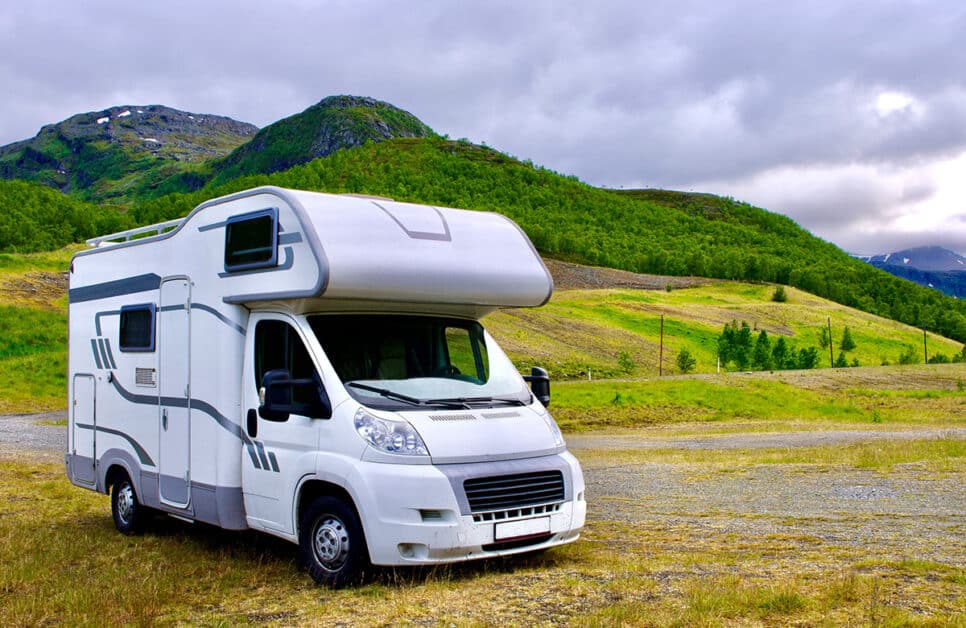
The problems with MIRO for motorhome weight
However, it’s a well-known fact that there is often a difference between the manufacturers MIRO figure and the actual weight of the motorhome without any gear, not to mention if you happen to be a driver who doesn’t weigh exactly 75kg.
Add to this the fact that many motorhomes ordered from a factory (or bought second-hand) have extras added like an awning, solar panel, bike rack or tow bar and it’s easy to see how people get so confused by what their motorhome ACTUALLY weighs- and how much you can put in it.
It also doesn’t help that the things which are included in the MIRO differ from manufacturer to manufacturer. I understand that they have a job to do and that they are constantly balancing between trying to make the motorhome lightweight and meeting the needs of motorhome owners who want all the ease and comfort of home PLUS an enormous payload- often all for under 3.5 tonnes.
So manufacturers try to cut down the things included in the MIRO, to make it look like their payload is higher (we’ll get to payload shortly.)
Why is MIRO important?
MIRO is important for one reason and one reason only- to tell you what your baseline motorhome weight is. Once you know this, and you know the maximum weight your vehicle can be, you can figure out the difference. That difference is called motorhome payload.
Motorhome Payload
The difference between the MIRO and the MTPLM is called the Payload. Basically, how much stuff you can carry on your vehicle before it goes overweight and becomes illegal to drive.
Don’t forget, payload includes EVERYTHING that you put onto the van.
People, kids, pets, tinned food, water, gas, surfboards, clothes, towels, shoes, cuddly toys… E.V.E.R.Y.T.H.I.N.G
Don’t worry if your brain is imploding right now. Hopefully, this pretty diagram will help:
And yes, you will need to keep track on how much/ how heavy things are when they go onto your motorhome, so you can keep track on your payload and overall motorhome weight.
Find your motorhome weight baseline.
However, payload means NOTHING without a starting point. Which is why your starting weight baseline is important. Even if you weigh every single thing you pack, if you don’t know the exact starting point, you’re going to get into trouble.
However, we’re not big fans of MIRO- it’s rare that the MIRO matches the weight of a motorhome when it leaves the dealer, which makes it a fairly useless figure. Sure, it helps when you’re considering potential motorhomes to buy, but as soon as you’ve picked one, it becomes irrelavent.
That’s why we recommend ignoring the MIRO and weighing your motorhome as soon as you possibly can after you buy it.
How to know how heavy your motorhome is
One of the first things we recommend doing with any new campervan or motorhome, before you put ANY more kit on/in it, is to visit a weighbridge. If you’re confident enough to do this on your first trip home from the dealer, that’s the perfect time- get the vehicle weighed with absolutely nothing else inside it apart from you and/or your partner.
The alternative option is to stock up your vehicle with everything you want to carry, fill all the tanks and THEN take it to the weighbridge. The problem with this is how easy it is to be overweight and if you drive your vehicle overweight your insurance is not valid. So be very careful doing it this way.
How to use a weighbridge
Weighbridges are pretty easy to find and there’s usually several in each county in the UK; certainly near big towns as lorries have to use them regularly. All you do is find your nearest one (using Google), phone them up and ask to use their weighbridge. Many of them are run by the local council and there’s usually a small charge.
If you’re based outside the UK, I’m sure there will be something similar somewhere near you. Your local Mairie or office should be able to help.
Watch the Motorhome weight Video
If you’re a visual person or would like more help, this video about understanding motorhome weight and payload might be useful for you. Just click the image below to watch:
We hope you found the video useful. If you did, we’d love it if you followed us on Youtube. New videos with tips for motorhoming and campervanning in the UK and Europe are released weekly.
What to do when you know your baseline motorhome weight
Once you know your starting weight, the trick now is to pack your vehicle with everything you need, whilst staying under your maximum allowed weight. Trust me, it can be a struggle.
I suggest starting with the essentials and moving up from there. You can either be scientific and weigh every item before you put it on your van, including things like motorhome generators, TVs, solar panels etc.
Or, you can pack up your van and take it back to the weighbridge to see where you’re at but, as mentioned before, this does mean you might accidentally be overweight.
Up-plating your motorhome
Some people choose to up-plate their motorhome, to give them more payload. This is fine, but there are also some downsides to having a vehicle over 3.5tonnes, such as speed restrictions in both the UK and Europe, needing a C1 licence and increased toll costs in some European countries.
So it’s a weigh-up (ha: pun intended) over which option is best for you. We chose to downsize from our second vehicle (which was over 3.5t) to one under 3.5t for our third as it made life easier for us, especially with only 2 people and a dog. If you have kids or more pets, you might not have much of a choice.
Motorhome weight checkpoints
If you take your motorhome to Europe, you might come across a motorhome weight checkpoint. This is exactly what it sounds like- you are pulled over and your motorhome is weighed at the side of the road.
If you’re pulled over and found to be overweight, you will need to leave things on the side of the road until you are under the max limit… and then drive off and leave them there. You could also be fined heavily. And, again, your insurance will be invalid if you’re found to be overweight.
I’ve never seen a weight check for motorhomes in the UK, but we HAVE seen several across Europe, especially when touring in France.
So, I hope the above has helped you understand motorhome weight, payload and the confusion which goes along with it all. It’s actually fairly straightforward when you get your head around it- but keeping within the weight limit can be challenging, especially if you’re planning a long trip.
If you’re new to motorhomes, you might find these posts useful:
- Your first motorhome trip- step by step guide
- Essential motorhome tips and tricks for beginners
- Motorhome Departure Checklist and pre-trip checks
Alternatively, these guides might answer all your questions (and more!)
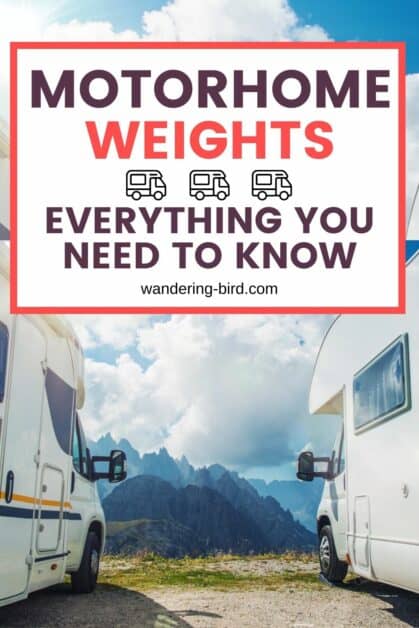
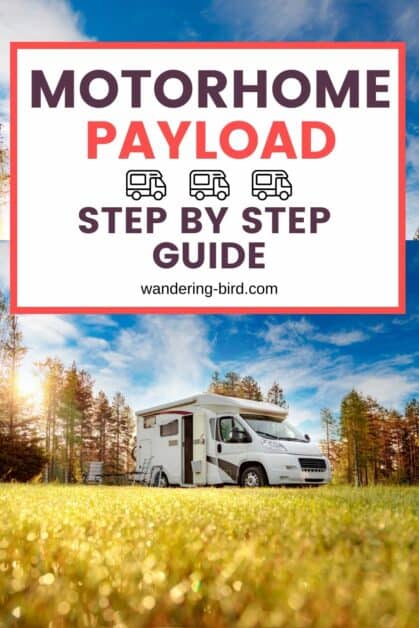

Kat never planned to buy a motorhome. She also never planned to quit her job as an air traffic controller, go touring around Europe in said motorhome, start one of the UK’s largest motorhome travel websites… or get a cocker spaniel.
Find out how she went from stuck in the rat race to being a digital nomad and inspiring thousands of people to have their own epic adventures here.
If you’d like to connect with Kat, send her an email or follow her adventures on social media.




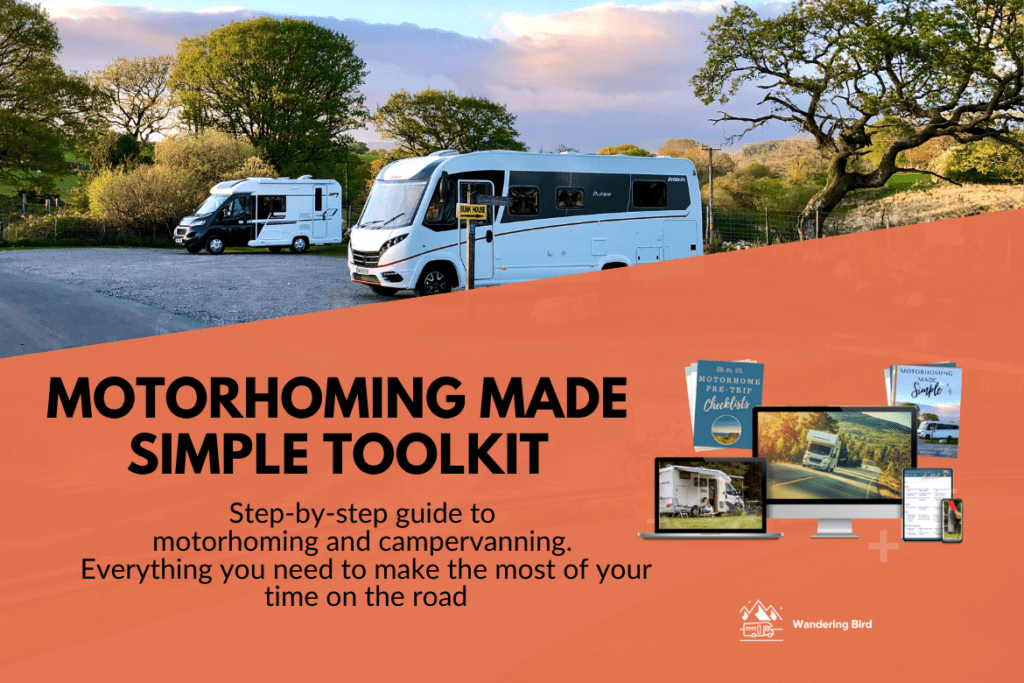



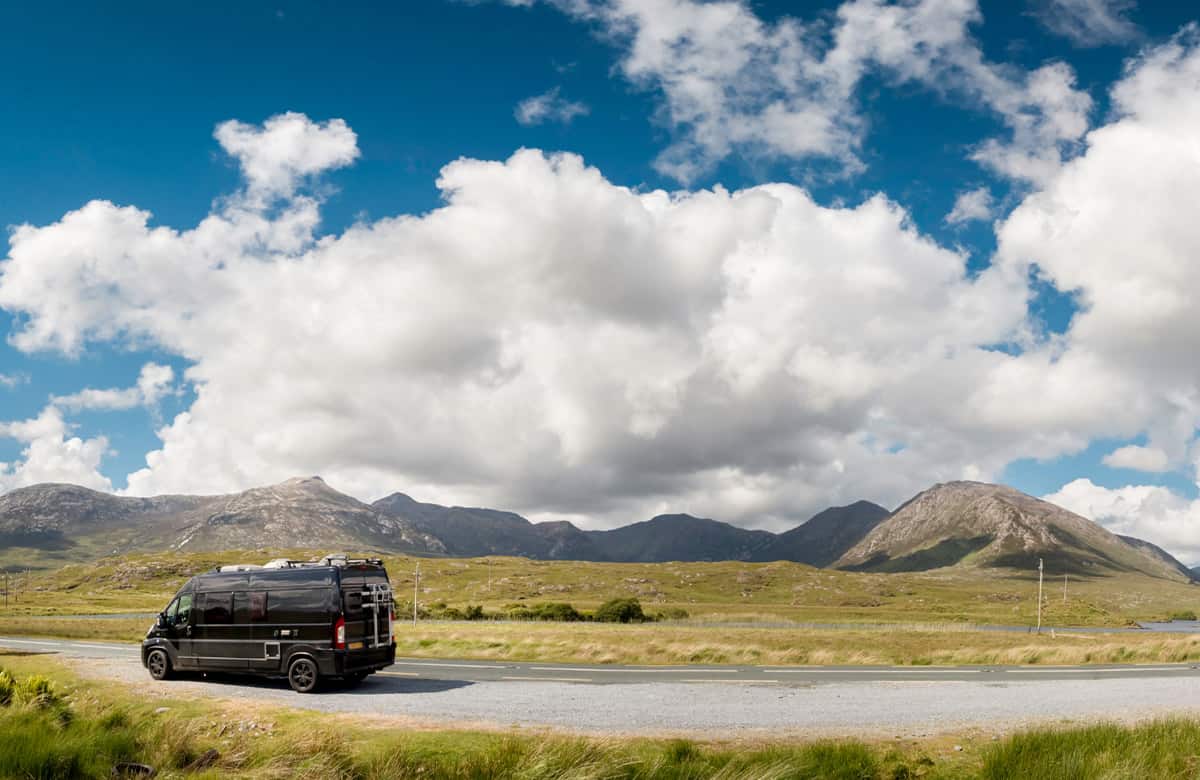
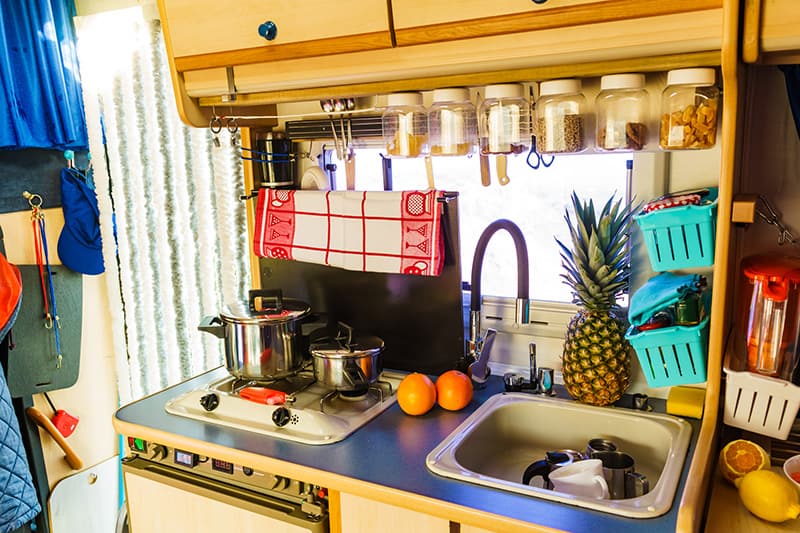

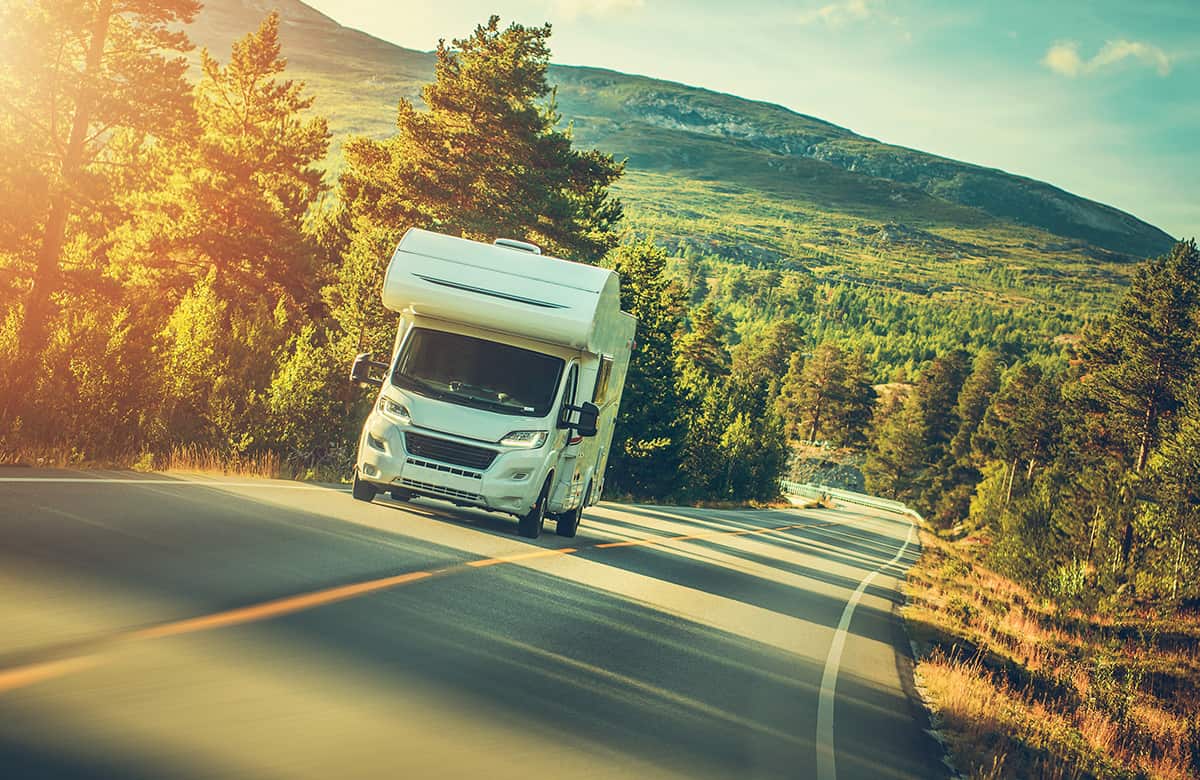
Really useful article. Thank you for explaining motorhome payload so well.
You’re welcome. Glad it was helpful.
Thank you, this is the best explanation we have seen. Motor Home arrives tomorrow 👌